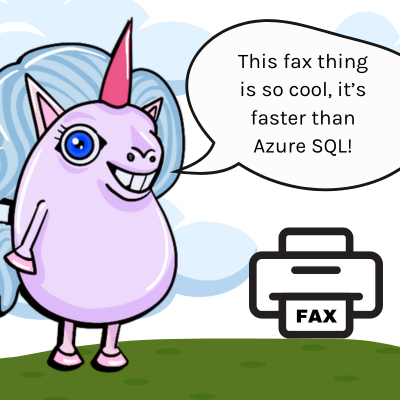Azure SQL Managed Instance Memory-to-Core Math Still Doesn't Work, Even in GPv2
Microsoft recently announced that Azure SQL Managed Instance Next-gen General Purpose (GPv2) is generally available. GPv2 brings significant storage performance improvements over GPv1. If you’re using GPv1, you should plan to upgrade.
But GPv2 still has the same memory-to-core ratio problem that makes Managed Instance a rough deal for running SQL Server. SQL Server is engineered to use lots of memory—it’s a rare OLTP or mixed-OLTP workload that doesn’t need significant cache for reliable performance. We’ll have a look at the pricing math.






